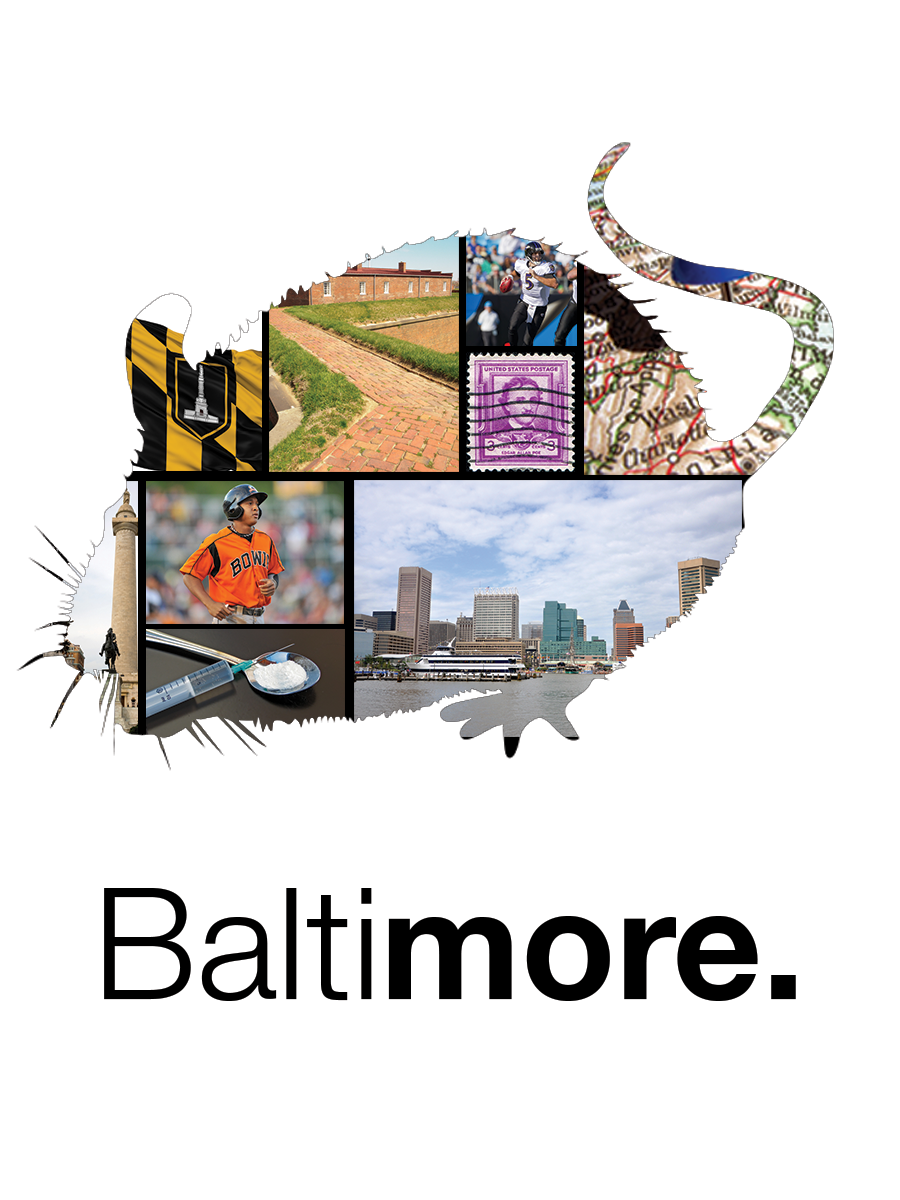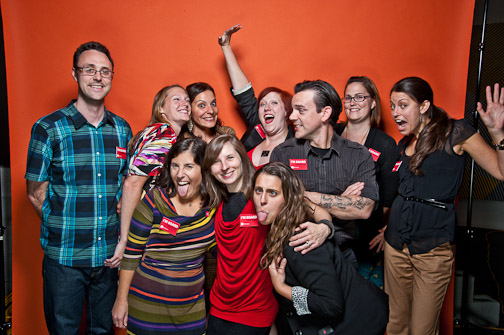Designers live in a world of challenges requiring unprecedented solutions, fostering the sort of individuals who want to lecture on or write about the details of their quests to teach those who will listen. These individuals who share their hard-earned secrets are, to other designers, what the Kung Fu master is to a student in a martial arts movie. Deke McClelland is known to practitioners of Illustrator and Chris Georgenes holds down the Flash animation dojo. Terry White is omnipresent in many areas of digital photography while digital painters follow Serge Birault.
This spring, AIGA Baltimore brought local design masters to the Ink & Pixels event at Towson University so they might impart their sage advice. Since the attendees reported hearing some very Zen-like wisdom that day, we couldn’t resist comparing their mastery to Kung Fu movies.
Our Design Masters were:
- Kim Bentley and Kyle Van Horn – Baltimore Print Studios
- Allison Ernst – Crashbox Design
- Kendall Ludwig – CurlyRed
- Kevin Sprouls – Skelton Design
(For the sake of consistency, we’ll stick with the time-honored, generic title of “Kung Fu”, though the martial arts styles themselves vary according to the story being told.)
Your Style is Your Legend
“Your reputation precedes you,” says the lord to the old man, “You are said to be the Master of the Five-Element Fist. You believe you can defeat my oppressor?”
The old man’s style is what makes him worthy of the lord’s attention and has gotten him in for an interview. Were he not known for his mastery of the Five-Element Fist, a style explained to be an influence of the Ancestor System of Wuzuquan, the lord’s guards might have just locked down the fortress and lobbed fireballs at the old man until he went away.
Why do you design? Knowing the answer defines where you stand among other designers: understanding why you design is paramount to understanding how you design. Does your attitude towards what you do read like a technical manual, coldly stating, “I am a graphic designer”? Having a vague mantra represents a vague style, a style that is easily defeated by professionals who have a well-defined service to offer. Instead, consider what it is you do, such as “I’m a print designer because I’m obsessed with color and its effect on everything” or “It’s 2013! Why do websites still look like this? That’s why I became a web designer: to make some decent sites”. It’s the difference between saying “I know how to fight” or “I’m devoted to the Way of the Thundering Mantis and will emerge victorious because of it”.
Presenting Worthiness
Before each Kung Fu movie challenge, the participants each give a preliminary demonstration, a quick succession of impressive moves which acts as a display of their respective knowledge of the art.
Demonstrating who you are and what you can do is vital to finding jobs. Effective networking is the ability to make meaningful connections with strangers combined with an online presence for your new connection to reference. Make yourself look good by creating a designer’s resume, using your tools of the trade instead of a Word template to create something that looks like experience. Have people look at it and give specific feedback. Choose appropriate typefaces and stay away from those free fonts: the measurements on those are often not professionally calculated. Bad type is the Egg Fist of the design world, a sure sign of an amateur.
In the movies, the Kung Fu student will face opponents possessing abilities the student is unaccustomed to. Upon defeating the opponent, an understanding of how to defeat a future adversary, through gain of skill, is achieved. In other words, the student learns something.
Apply for every job with an intention to learn a valuable lesson. Whether that lesson is a how to calculate web layout grids or why you should thoroughly explain your contract agreements, these experiences are necessary for achieving Design Mastery: no job is without merit. It’s important to step outside of known abilities in order to discover unknown ones, the ones that can only be resolved through battles fought with CTRL+Z and Google search dead-ends. Without accepting possibilities of conflict, there can be no understanding of resolution. And without an understanding of resolution, you will end up with disastrous image enlargement results.
The Non-Photo Blue Pencil is Mightier than the Sword
“Your weapons,” said Yoda with grim certainty, “you will not need them.”
Not heeding this advice, Luke hung onto them out of fear of being without. His weapons were a crutch. He didn’t need them to face his future that day (in fact, he freaked out a little), they didn’t help him later in Cloud City (when he got his hand cut off), and it wasn’t weapons that finally turned his father on the Emperor (that was the result of Vader’s heart growing three sizes that day).
Star Wars isn’t a Kung Fu movie proper, understood, but the point is similarly illustrated.
Build the use of tools into your workflow. Opt to draw out ideas on paper instead of in Sketchbook Pro. Choose to carefully light, arrange, and frame an image instead of spending time in Photoshop to achieve a similar effect. Sketch out or identify in writing the sort of typeface you would like to work with before searching your library. Spend as much of the process as possible without turning on your workstation, writing notes theorizing how something can be achieved, the steps involved, and exactly where to go for help.
Best Offense = Good Defense
The first thing Mr. Miyagi taught Danny was how to wash the car, paint the house, and sand the floor. These seemingly nonsense tasks turned out to be defensive maneuvers that kept Danny out of harm long enough to successfully execute the Crane Kick.
Creatively, to know why you are doing something prepares a defense for it. Reasons why you choose a typeface should be clear, concise, and straightforward, like an elevator pitch. The more words it takes to explain something in a disagreement, the more it sounds like an excuse.
Preparing for defense is also important on the business side for when an explanation is required as to why you will not be doing a complete revision for free. The design process shouldn’t be treated any different than any other journey: if there’s preventable backtracking involved, someone’s got to account for the resources used. Knowing the contract, discussing the process, and identifying the design stages are ways to keep both parties informed and attentive.
Most Honorable
We’re grateful to our Design Masters for sharing their wisdom. Also, many thanks to the legion of portfolio reviewers who came out to give the students an honest look at what worked and what they needed to improve.
After all, without a review, one is just breaking wooden boards and, as Bruce Lee will tell you, “Boards don’t hit back.”
Greg Jericho spends an awfully lot of time designing for clients that do not exist at his equally fake company, Myopic! Studio. Kate Lawless strategizes content for the web, develops e-learning, and designs digital signage by day. By night, she’s a freelance designer and socializer-extraordinaire.




